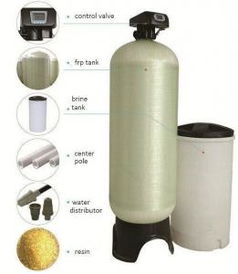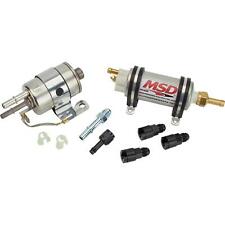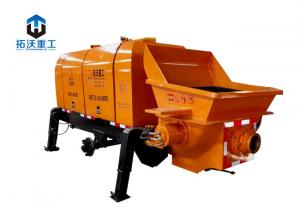Pump Sand Filter: A Comprehensive Guide
Are you looking to enhance the water purification process in your home or business? If so, a pump sand filter might be the perfect solution for you. This article will delve into the intricacies of pump sand filters, exploring their design, functionality, benefits, and how they compare to other water filtration systems. Let’s dive in!
Understanding the Basics

A pump sand filter is a type of water filtration system that uses a combination of sand, gravel, and activated carbon to remove impurities from water. The process begins when water enters the filter through a pump, which forces it through various layers of media, ultimately resulting in cleaner, healthier water.
Design and Components

The design of a pump sand filter is quite straightforward. It typically consists of the following components:
- Pump: The pump is responsible for moving water through the filter. It ensures a consistent flow rate, which is essential for effective filtration.
- Filter Tank: The filter tank is where the water is processed. It is usually made of plastic or fiberglass and contains the necessary media layers.
- Sand and Gravel Layers: These layers serve as the primary filtration medium. The sand and gravel trap larger particles, such as sediment and debris, while allowing water to pass through.
- Activated Carbon Layer: The activated carbon layer is designed to remove chlorine, taste, and odor from the water, as well as some organic compounds and heavy metals.
Functionality

The pump sand filter operates by utilizing the physical and chemical properties of the media layers. Here’s a step-by-step breakdown of the filtration process:
- Pre-filtration: Water enters the filter tank and passes through the sand and gravel layers. These layers trap larger particles, such as sediment and debris, preventing them from entering the system.
- Activated Carbon Filtration: The water then moves through the activated carbon layer, where it is exposed to a high concentration of carbon particles. These particles adsorb impurities, such as chlorine, taste, and odor, as well as some organic compounds and heavy metals.
- Post-filtration: The water exits the filter tank and is ready for use. It is now cleaner, healthier, and free of impurities that could harm your health or damage your plumbing system.
Benefits of Pump Sand Filters
There are several benefits to using a pump sand filter:
- Cost-effective: Pump sand filters are relatively inexpensive to purchase and maintain compared to other water filtration systems.
- Easy to install: These filters are easy to install and can be done by most homeowners without professional assistance.
- Effective filtration: Pump sand filters are highly effective at removing a wide range of impurities from water, making them suitable for various applications.
- Long-lasting: With proper maintenance, pump sand filters can last for many years, providing a reliable source of clean water.
Comparison with Other Filtration Systems
When considering a water filtration system, it’s essential to compare different options to find the best fit for your needs. Here’s a comparison of pump sand filters with other popular filtration systems:
| Filter Type | Advantages | Disadvantages |
|---|---|---|
| Pump Sand Filter | Cost-effective, easy to install, effective filtration, long-lasting | May not remove certain dissolved minerals, requires regular maintenance |
| Reverse Osmosis System | Removes a wide range of impurities, including dissolved minerals | Expensive to purchase and maintain, produces wastewater, requires regular maintenance |
| UV Filter | Effective at killing bacteria and viruses, no chemicals used | May not remove other impurities, requires regular maintenance, can be expensive |
Conclusion
In conclusion, a












